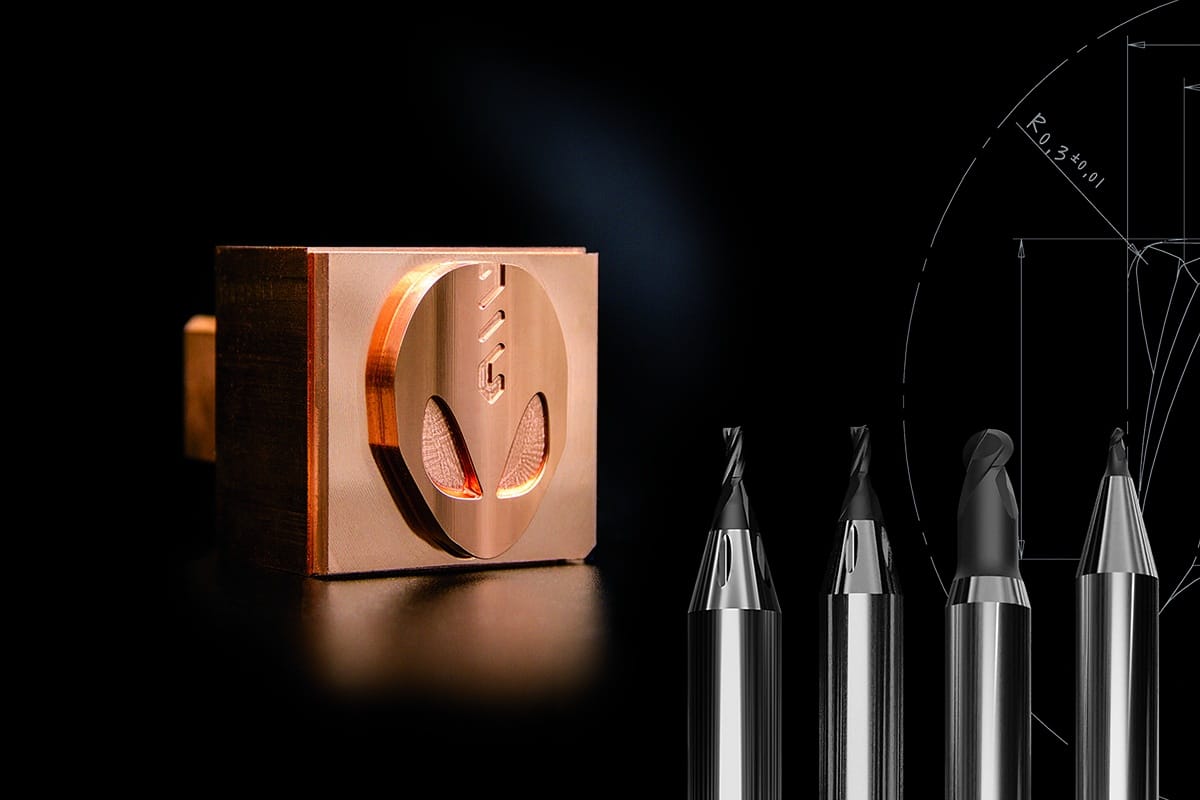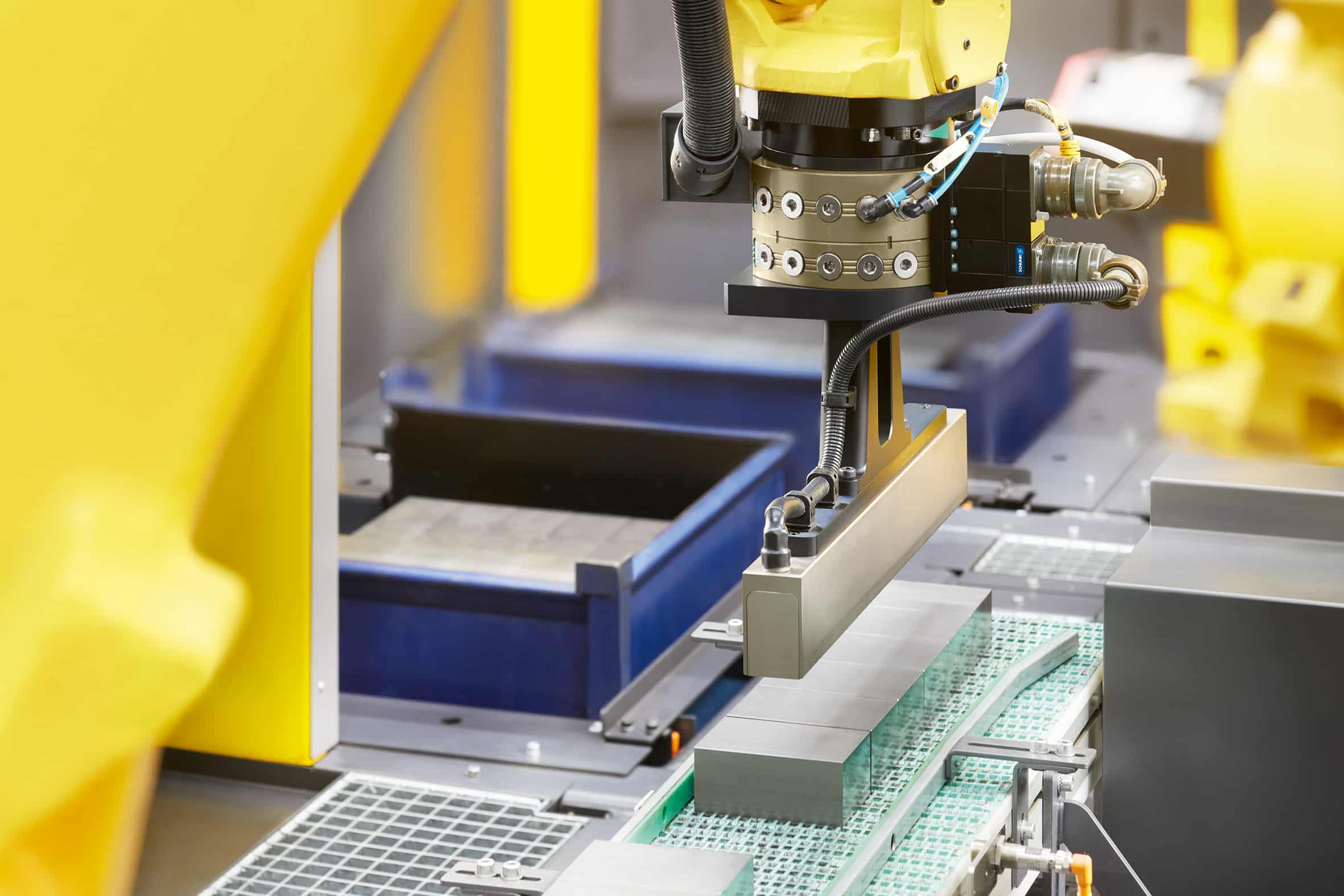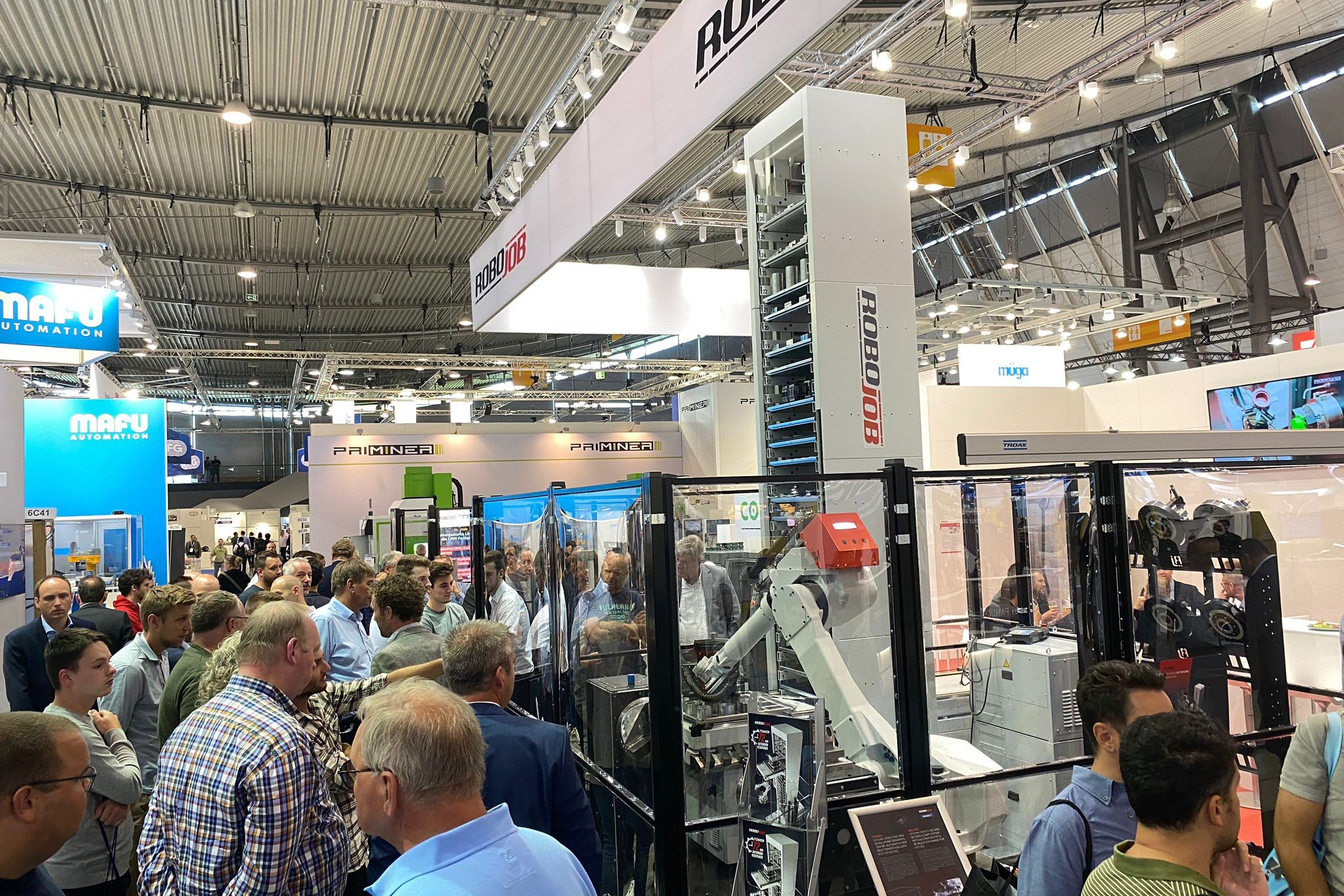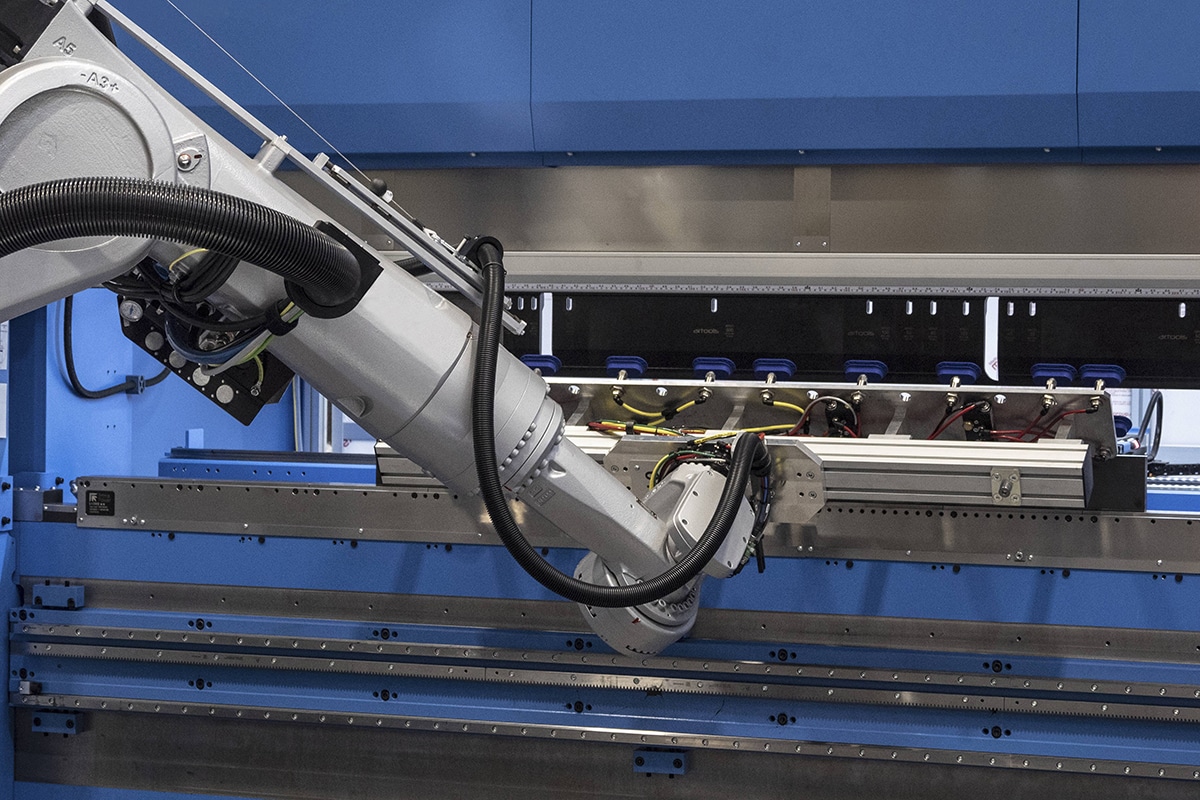
Surface finishers still moving too much in a linear economy
We live in a world where resources are finite. Closing material cycles is therefore a priority for policymakers at all levels. More and more, suppliers will have to demonstrate that they produce "circularly and sustainably. But what does this mean concretely for surface treatment and, more importantly, how do you start this as an entrepreneur? VOM as a technical trade association considers it important to provide tools to its companies to implement this thinking in their business.
Surface treatment is ubiquitous: the paintwork of a car, the chrome plating of faucets, the coloring of your smartphone, aluminum painted window profiles, household items, work tools, bridges...: you name it. Behind this "so obvious" finish lies a lot of complex technologies. No industry without surface treatment! Too often in the coating world, we still feel hesitation to take steps towards circularity. People do not know where or how to start.
What one sees in surface treatment companies is, simply put, that they purchase raw materials (material and energy), transform their own or their customer's material by performing some mechanical operations, apply a coating for protection or for aesthetic reasons, and then deliver these finished products to the market. Sustainable thinking in the surface treatment industry is more about treating more m² or kg with less material and less energy to achieve an even longer lifetime. It is currently not yet technically possible to remove a coating from the product and reuse it. We consume earthly raw materials and ores, but give nothing back to mother earth (yet).
It is different with typical manufacturing companies that can design their product as 'circular' as possible from the drawing board. Good examples of this are the light fixtures of VOM member ETAP offered to customers as 'Light as a Service' and the 'C2C-certified window and facade products' of Schüco. The application of the European standard CEN/TC 350 - 'sustainability of construction works' can provide new impetus to mandate circular economy in the steel industry and in construction. A draft standard such as ISO 59020 also obligates entrepreneurs in this direction. The use of the above standards will introduce the reverse burden of proof in the manufacturing industry. Processors and manufacturers will have to prove where their products come from, and this across the entire value chain.
Also, the ecological and social impact must be transparent. As a company, you are currently very isolated to obtain this data. For example, as a galvanizer, you need to know where the zinc comes from. Under what conditions the zinc ore was purified or enriched with other alloying elements. Suppliers were always insufficiently transparent in making this data available, but have now launched an intensive project within the International Zinc Association at the end of 2021, the first results of which we can expect sometime in the fourth quarter of 2022.
Circular business is only possible if you set yourself a target as a company. The steel construction chain covenant will contain concrete, collective agreements for reducing steel construction-related emissions of CO2 and other harmful substances, reducing the use of primary raw materials and promoting circular construction through reuse of building components and recycling of the material steel. Devising energy solutions in the production process is also an important driver to take steps in circularity together with customers. Where is circular added value for your organization?
Find out and follow Circle Speed, a 30-hour learning track from werecircle and UHasselt, with support from VLAIO. Or talk to someone from the werecircle team without obligation to see which approach fits best.



